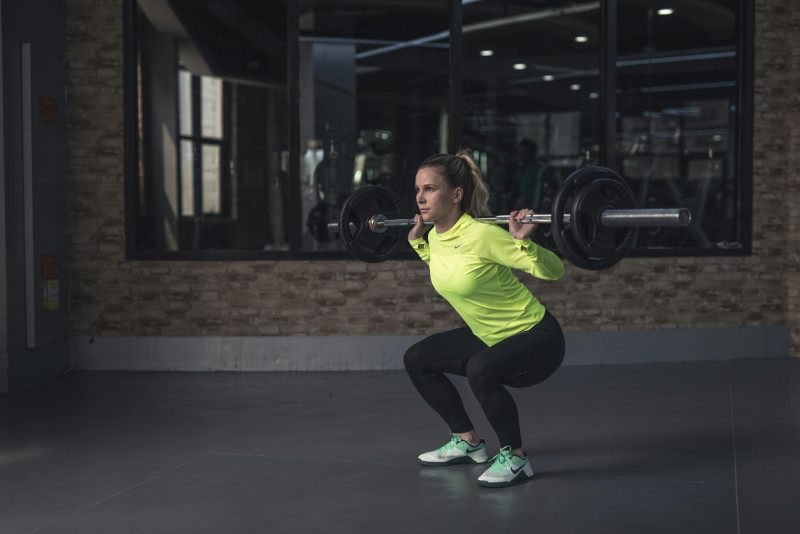Squatting is a common daily activity and fundamental exercise in resistance training programs as it can effectively improve lower body strength, sprint speed, and agility while also translating into many functional movements. The gluteal muscles, particularly the gluteus maximus and medius, play a vital role in maintaining hip stability, controlling lower limb movements, and supporting balance. Any dysfunction in these muscles can lead to compensatory movements, altered biomechanics, and an increased risk of injury during activities such as squatting.
With gluteal muscle weakness there is a notable decrease in loading of the affected leg during squats, especially at the hip and knee joints.
The opposite leg experiences increased loading which suggests that the body shifts more weight to the stronger side, leading to overuse injuries in the unaffected leg over time. Individuals also increase mediolateral sway, indicating a challenge in maintaining stability during squats. Balance control, especially during the lowering phase of the squat, becomes less efficient, reflecting the crucial role of gluteal strength in stabilizing the pelvis.


Despite the gluteal weakness, individuals can avoid a significant lateral pelvic drop, by relying more on other muscle groups like the hip flexors and lower back extensors to maintain squat form when glutes are weakened, potentially increasing the risk of lower back strain.
Gluteal muscle weakness not only affects performance but also heightens the risk of injury due to altered load distribution. Individuals with hip dysfunctions should focus on gluteal strengthening exercises to optimize squatting mechanics and prevent compensatory injuries in the opposite leg and low back region. A focus on single-leg training, such as Bulgarian split squats and step-ups, might enhance gluteal strength symmetrically, helping reduce compensatory mechanisms.